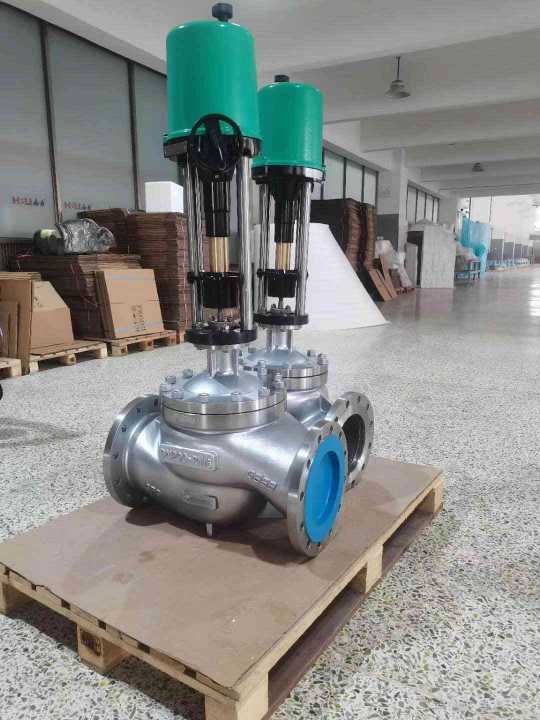The Stainless Steel Electric Single Seat Regulating Valve is a crucial component in a wide range of industrial applications where precise flow regulation and durability are essential. Combining the strength and resistance of stainless steel with the precision of electric control, this valve type is commonly used in sectors like chemical processing, pharmaceuticals, food and beverage, and water treatment. In this article, we explore its key features, applications, and advantages.

1. What is a Stainless Steel Electric Single Seat Regulating Valve? A Stainless Steel Electric Single Seat Regulating Valve is a valve that is designed for regulating the flow of fluids—either liquids or gases—through a pipeline or process system. The term “single seat” refers to the valve’s design, which typically consists of a single valve seat where the valve plug or disc interacts with the seat to control fluid flow. This configuration offers simplicity and reliability, ensuring precise flow control. The valve is equipped with an electric actuator that allows remote control, eliminating the need for manual operation. The actuator receives electric signals, which dictate the valve’s position, providing highly accurate regulation of fluid flow. The use of stainless steel in its construction ensures durability and resistance to corrosion, making it ideal for demanding applications.